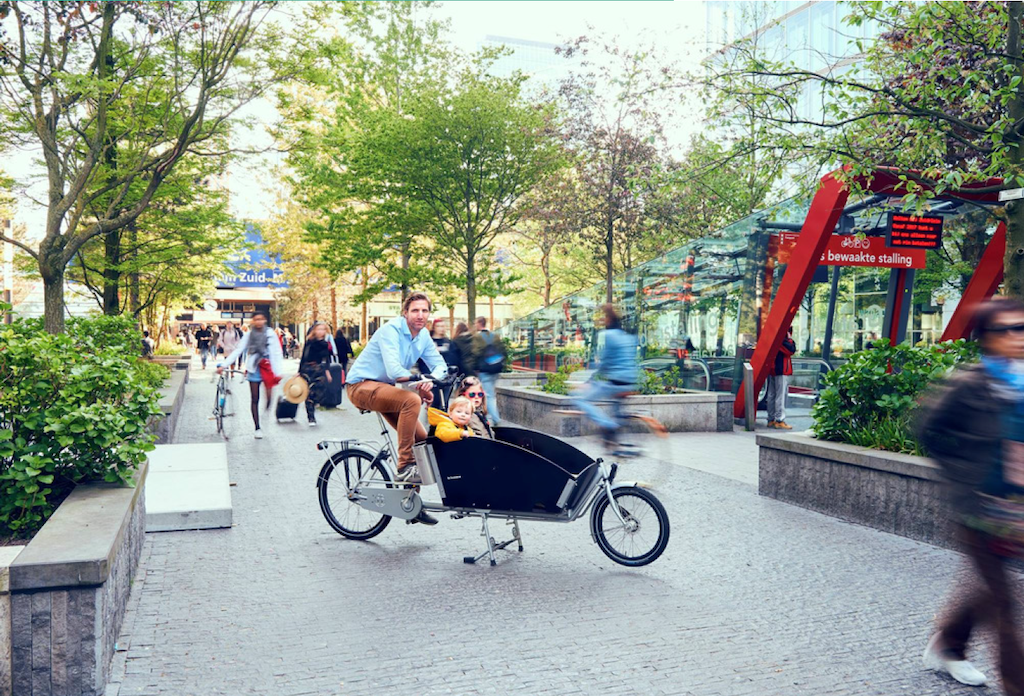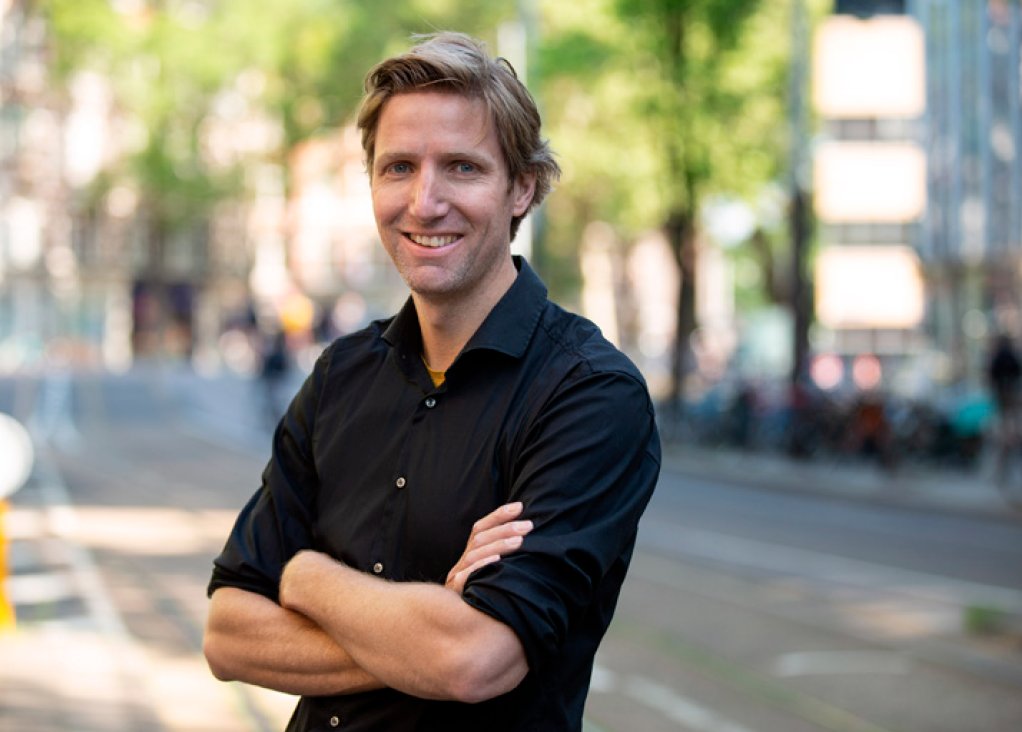Is our mobility system built to last? Or does it urgently need to change?
According to Marco te Brömmelstroet, academic director of Lab of Thought and board member of the Urban Cycling Institute, Amsterdam is struggling badly to make real choices about the future of urban mobility. Ambitions are fairly high, he says, mainly because all kinds of external factors are conspiring to make the mobility system as it is now untenable. Change is the only option. Yet, views are divided on what needs to change, and how. Where the political conversation about these goals and values is well underway in other European cities, Amsterdam – and the Netherlands as a whole – takes a deeply technocratic approach to mobility policymaking, guided by experts, standards, models and regulations. This complicates the process. Interestingly, however, the city is now cautiously trying out alternative choices.
Cars are a practical and popular form of transport that people very much rely on. Why it is wise to drastically reduce the number of cars in urban areas and make more space for bicycles, in your view?
“The scientific consensus is that a car-based mobility system, which is a relatively recent approach to urban planning, is not built to last. When you add up all the costs, you see these systems are detrimental to people, the environment and society overall. If we were to take a city that is built around bicycling and walking and propose dramatically increasing the number of cars, up to our current numbers, it would never even make it past a cost-benefit analysis. The idea would seem insane. By definition, a system that depletes all sorts of goods is not sustainable. Rather than optimizing this system, we should actively seek viable alternatives that can last us another 100, 500 or even 1,000 years.”
Can the same measures be applied in any city, or do you have to approach mobility on a city by city or even neighbourhood basis?
“Every place is different of course, but science focuses on the general mechanisms and underlying explanatory variables. Here, those are very stable. There was the decision in the 1920s to start treating roads as efficient pipelines to move people from A to B, and the idea that faster, easier and cheaper travel served the individual and hence the public interest. This narrative moulded all of our policy and has resulted in a mobility system that is untenable now. What we can do is look for new narratives in all cities and neighbourhoods, through experiments and wider social discourse around the question what we actually want from our streets and neighbourhoods. And meanwhile keeping sight of the full costs and benefits and inescapable dilemmas. So, is it more important that everyone living forty or more kilometres from their workplace has the shortest, easiest commute? Or would we rather that our kids be able to walk to school on their own without endangering themselves?”
How do families with young children, seniors (80+), people with reduced mobility or poor health fit into your vision?
“This isn’t about my vision, but what science says. The groups you cite are precisely the people who would benefit from streets, neighbourhoods and districts that are less dominated by cars. Many seniors and people in poor health cannot or may not drive, yet their care and social activities are organized father away nowadays than they were thirty years ago. Together, these groups make up a majority of the Dutch population and they are being very poorly served by the mobility system as it is now and the resultant public spaces. We have geared everything around commuters, but let’s put these people first for once and design a mobility vision and a city that works for them.”

The Netherlands and northern Europe are often rainy, windy, cold and damp. Is this something that should be taken into consideration?
“When it rains, you get wet. It feels to me like hunting for excuses to leave things the way they are. ‘Oh, but it gets so cold!’ I’ll say it again: we know that the current system is untenable. So, however comfortable and convenient it is for you, nothing alters that fact.”
Many things are changing in and around Zuidas, like the motorway going underground, more one-way traffic, the station expansion and fewer cars. I don’t know how familiar you are with the area, but how would you design Zuidas?
“I am not an urban planner, but a scientist, so my focus would mainly be on what kind of a city you want to be. On having a broad conversation about that and then looking at what values and narratives emerge. You can use those to then think about how you want to design public spaces and to what extent mobility and cars factor into the equation. From the things you listed it sounds more like a technocratic system issue, but that’s coming at things the wrong way around.”
What is your mobility lifestyle? Do you cycle or take the train every day? Do you ever take the car or airplane, and, if so, about how often in a year?
“I am a part of the system we have created for ourselves. I need cars and vans to bring me stuff, and occasionally I need a shared car to go places I couldn’t get to otherwise. I use the train and bike on a daily basis, and from time to time I have to take a plane. I would like to have to pay the full price for all of these options, so that my trade-offs would be more rational, so that I would be depleting vital resources less and so that the system I live in would not only be sustainable, but also valuable.”
